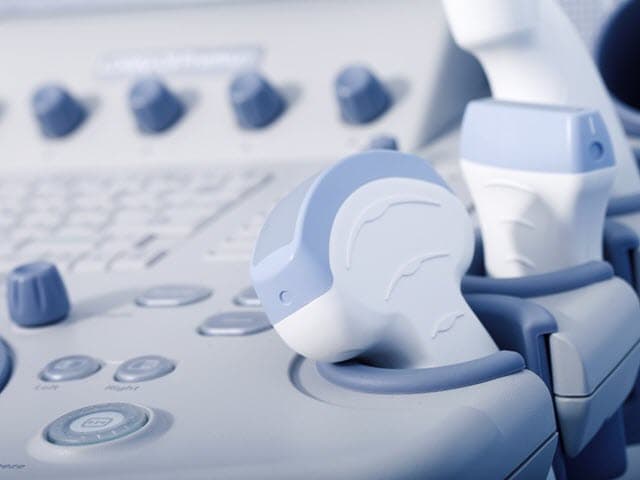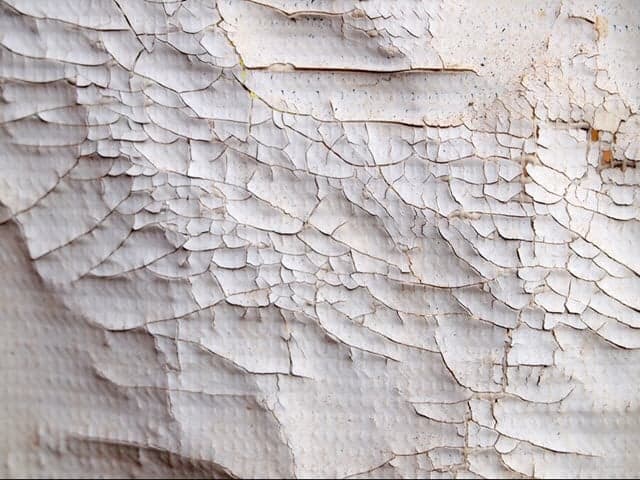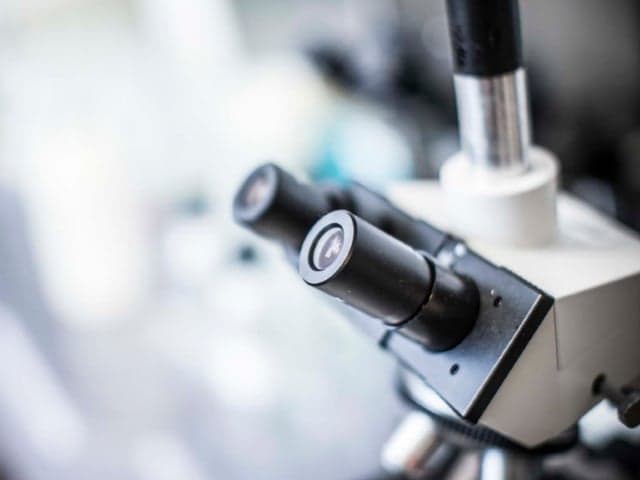Pharmaceutical Medical Device and Product Testing
Accelerate your pharmaceutical innovations with comprehensive testing certainty. Bringing innovative pharmaceutical products and medical devices to market is a high-risk venture. Partner with Element for comprehensive testing that delivers absolute certainty with accurate, reliable results. From concept to approval, our expert services compress development timelines, navigate complex regulations, and accommodate commercial demands without compromising patient safety.
Why Element are global leaders in pharmaceutical medical device testing
Pharmaceutical companies creating medical products and devices face lengthy development cycles and complex regulatory hurdles. These challenges are intensifying with rising chronic disease rates, creating urgent demand for innovations that companies are struggling to deliver quickly and affordably.
Element understands the urgency of developing pharmaceutical products efficiently without compromising quality or patient safety. We've helped countless clients, from small startups to large established manufacturers bring innovative, patented products to market faster.
With a deep understanding of your markets, regulations, and specific development challenges, we utilize our experience to reduce your product development cycle-time and improve your speed of innovation. Our flexible, efficient approach adapts to your commercial demands, providing the testing certainty you need when you need it.
We work alongside you at every stage of your product's journey, from initial concept development to prototype manufacturing, process optimization, and release test method development. Access experts with specialized knowledge across numerous disciplines critical to medical product development, including materials science, polymer chemistry, adhesives, analytical characterization, and regulatory compliance. This end-to-end expertise streamlines the development process, reduces delays, and ensures consistency throughout your product's evolution.
Services

Medical Device Testing Services
With Element as your medical device testing partner, you’ll enjoy the benefit of a single comprehensive supplier across feasibility, R&D and prototype trials, through product development, regulatory validation and production quality control.

510(k) Testing & Consulting
Successful FDA 510(k) submissions are critical to your market success. Incomplete or inaccurate submissions can lead to failure and may delay your product launch. Our Engaged Experts are ready to assist.

Hand Sanitizer Efficacy Testing
Element offers complete hand sanitizer efficacy testing, including USP 611 GC-FID and GC-MS methods, to verify alcohol content, purity, and safety, helping products meet regulatory standards.

Medical Grade Polymer Testing
Comprehensive medical grade polymer testing to support device development, improvement, and compliance with regulatory standards. Tailored solutions address safety, quality, and performance needs in medical devices.

Polymeric Failure Analysis Services for Medical Devices
Element's experts provide failure analysis of polymer-based medical devices, which is critical to ensuring that process or material improvements can be made to prevent repeated failures.

Material Sciences Testing
Our material testing laboratories provide a complete suite of material testing services for pharmaceutical companies.
Your Challenges, Our Solutions
Long development cycles
Complex Regulatory Requirements
Risk to patient safety
Standards we test to and products we test
- Good Manufacturing Practice (GMP)
- ISO 13485 (Medical devices quality management systems)
- ISO 14971 (Risk management for medical devices)
- FDA requirements for medical device approval
- Health Canada requirements
- Medical adhesives (wound closures, tissue repair, sensor pads, medicinal patches)
- Medical device prototypes
- Drug-eluting and controlled release devices
- Medical grade polymers
- Combination products (pharmaceutical/device)
- Coatings and adhesives
Why Choose Element


